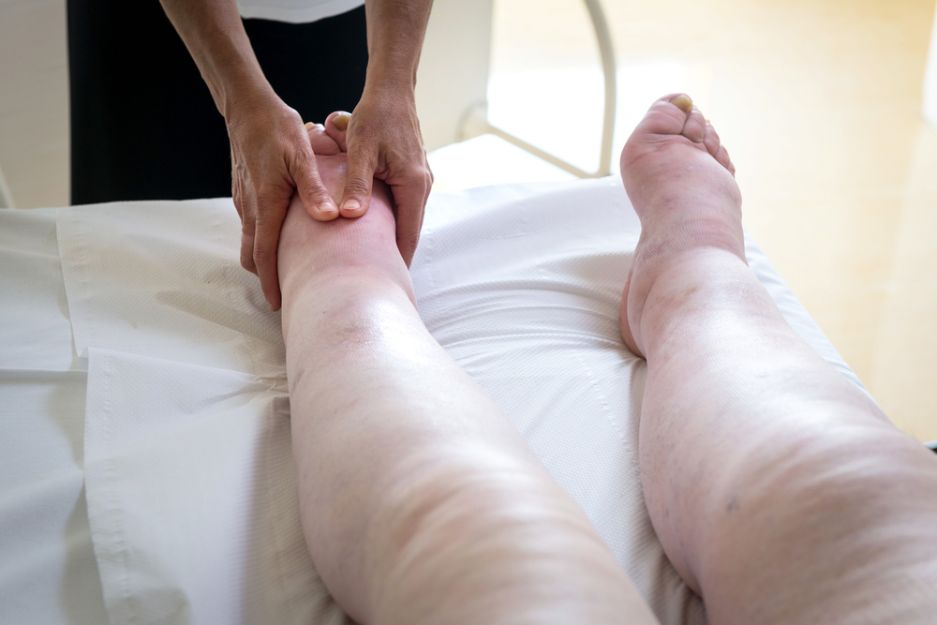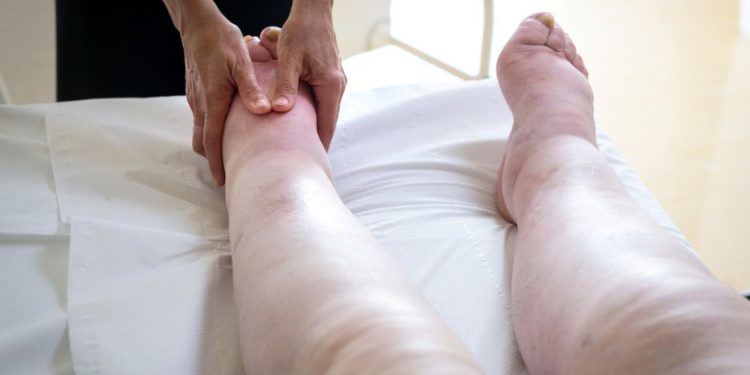Leg edema symptoms are caused by fluid buildup in your body’s tissues, usually in the feet, ankles and legs. It can also involve the arms and abdomen. It’s caused by a variety of health problems, including liver disease, congestive heart failure, kidney disease and pregnancy.
Treatment for swollen legs depends on the cause of the problem and how severe the swelling is. In mild cases, lifestyle changes and medicines can help relieve the symptoms.
Get medical attention right away if your swelling is more than a few days or if you have trouble standing or walking because of the fluid buildup. A doctor can find out the cause of your edema by doing a physical exam and asking about your medical history.
Blood tests may be needed to determine the cause of your edema. Your doctor can ask you about any other symptoms that may help diagnose your condition. They may test for blood clots in your veins (deep vein thrombosis or DVT).
In addition, they can test your kidneys, liver and thyroid. They can also order an echocardiogram, a test that looks at your heart’s function.
A vascular specialist can treat your lower extremity edema by raising your legs higher and using support stockings to help improve circulation and decrease swelling. Sometimes surgery is needed to improve the flow of blood through your leg veins.
Elevate your legs when you are seated or lying down. Keep them elevated for 30 minutes three to four times a day.

Wear support stockings or sleeves to put pressure on parts of your body that are causing the edema. Limiting salt in your diet and drinking enough water can help too.
Ice packs can be used to reduce the amount of fluid in your legs, especially when they’re swollen. Avoid heat as it can make the swelling worse.
The most effective treatment for swollen legs is to correct the underlying cause of the problem. Your doctor may recommend a diuretic or water pill to help your body get rid of excess fluid through urine.
Getting medical attention quickly is the best way to prevent swelling from becoming more serious, such as a deep vein thrombosis. A blood clot can form in the deep veins of your legs, traveling to other parts of your body and causing an embolism. If you have a blood clot, call your doctor immediately and go to the emergency room.
If you have a condition that causes fluid to build up in your lungs, such as congestive heart failure or kidney disease, swelling in your legs can be an early sign of this. The doctor may recommend that you elevate your legs, exercise regularly and take medicines to help your body get rid of the excess fluids.
Other conditions that can cause swollen legs include lymphatic dysfunction, a condition in which the immune system sends excess lymph fluid to your legs instead of your organs, and venous insufficiency, an abnormality of the venous circulation that keeps lymph fluid from flowing freely out of your veins. Lymphatic dysfunction is often caused by an inherited condition that can become apparent in childhood or young adulthood. Venous insufficiency is most common among people who are overweight or obese, but can occur in anyone.









